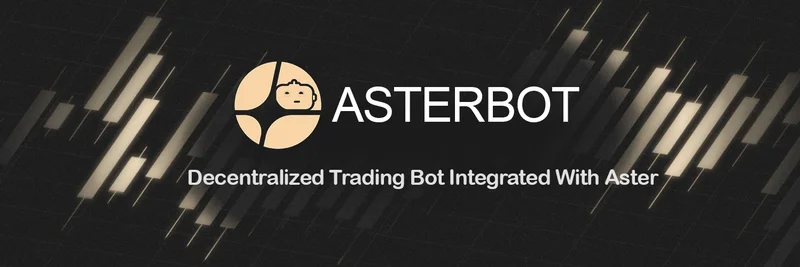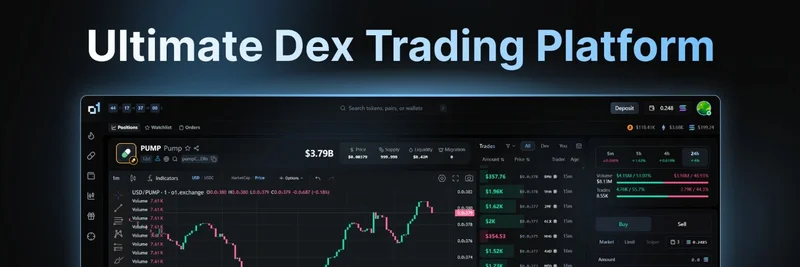TL;DR
- Contract under review: 0xeab2753f7ca45ce19005c07b1e4a1ea462c3bb1c on Base.
- Major explorers currently don’t show a clear, indexed token profile for this address. Treat it as unverified.
- “Waifu” is a popular meme theme with many similarly named tokens across chains, creating high confusion risk.
- Proceed only after independently verifying the exact contract, liquidity, taxes, and trading permissions.
What we checked (and what’s missing)
We searched the Base ecosystem using common explorers such as Basescan, Blockscout for Base, and OKLink’s Base explorer. At the time of writing, these sources do not provide a definitive, publicly indexed token profile for the address 0xeab2753f7ca45ce19005c07b1e4a1ea462c3bb1c. That can mean several things, including a very new deployment, very low activity/liquidity, an incorrect or outdated address, or a non-standard contract.
Because of that gap, you should treat this contract as unverified until you can confirm details on-chain.
What “Waifu” tokens usually are
“Waifu” tokens are typically anime-inspired meme coins. They lean on culture and community more than on utility. Multiple projects using the “Waifu” name or ticker exist across chains (Ethereum, BNB Chain, Base, and more). Some variations have tried NFTs, artist engagement, or gaming angles, but many are purely memetic.
On Base, there have been several “Waifu”-named tokens with different contract addresses. At least one “WAIFU” on Base has been flagged as malicious by security tooling (e.g., Blockaid), underscoring the need for caution and precise contract verification.
Base in a sentence
Base is an Ethereum Layer-2 network incubated by Coinbase that offers lower fees and faster settlement than mainnet Ethereum. It has grown rapidly, becoming a hotbed for meme tokens—great for experimentation, but also for copycats and traps.
Known confusion risks
- Similar names: Multiple “Waifu” tokens exist across chains and even within Base, with different addresses and communities.
- Mixed signals: Some bots and tip services list “Waifu”-style tickers, which doesn’t confirm they map to this specific Base contract.
- Security warnings: Community reports have referenced a “Waifu” on Base flagged as malicious. A flag on any similarly named token is a reminder to verify the exact address you intend to trade.
How to verify this contract yourself (step-by-step)
- Confirm the checksum address
- Cross-check 0xeab2753f7ca45ce19005c07b1e4a1ea462c3bb1c on Basescan, Blockscout, and OKLink.
- Check if it’s a standard token
- Look for an ERC-20 profile, verified source code, name, symbol, and decimals. Absence of these is a red flag.
- Review holders and distribution
- Examine top holders, deployer wallet, and whether liquidity is added and locked. Heavily concentrated holdings are risky.
- Inspect the contract code (if verified)
- Search for functions that can pause trading, blacklist, change fees, or mint arbitrarily. These can be abused.
- Simulate a trade
- Use a transaction simulator or a “dry run” on a small amount to detect honeypots or excessive taxes.
- Validate liquidity and pair info
- Check the primary DEX pair on Base (e.g., Aerodrome or Uniswap on Base). Confirm pool size, locks, and recent activity.
- Scan with multiple tools
- Combine explorer data with independent scanners and dashboards. Don’t rely on a single signal.
- Verify official links
- If a website or social account is provided, make sure it consistently references the exact checksum address.
Where to research and trade (if you choose to proceed)
Always double-check the contract address before swapping. Start small, verify taxes, and set tight slippage.
- Research and trade dashboard: GMGN.AI — Waifu on Base
- Uniswap on Base: app.uniswap.org/swap?chain=base
- Aerodrome (Base DEX): app.aerodrome.finance/swap?chainId=8453
Note: Listings or pages on analytics or tipping platforms do not guarantee liquidity, safety, or active markets for this specific contract.
Key risks to keep top of mind
- High volatility: Meme coins can surge and crash on sentiment alone.
- Low or fake liquidity: Shallow pools mean big slippage or failed exits.
- Contract controls: Blacklists, trading pauses, or high/variable taxes can trap buyers.
- Rug pulls: Liquidity can be withdrawn or ownership can be abused.
- Impersonation: Multiple “Waifu” tokens can exist; only the exact checksum address matters.
Practical safety checklist
- Match the contract address character-by-character.
- Confirm token code is verified on-chain; read functions and privileges.
- Check LP status: How much? Who controls it? Is it locked?
- Look for consistent links across website, X (Twitter), Telegram, and explorers.
- Test a tiny buy and sell; confirm you can exit and taxes are as expected.
- Never trade based solely on trending dashboards or social hype.
- Only risk what you can afford to lose.
Bottom line
For the Waifu token at 0xeab2753f7ca45ce19005c07b1e4a1ea462c3bb1c on Base, public explorer data is currently limited. That doesn’t automatically mean it’s malicious, but it does mean you should treat it as unverified and proceed cautiously. In a market full of similarly named tokens, exact-address verification and disciplined risk management are non-negotiable.




